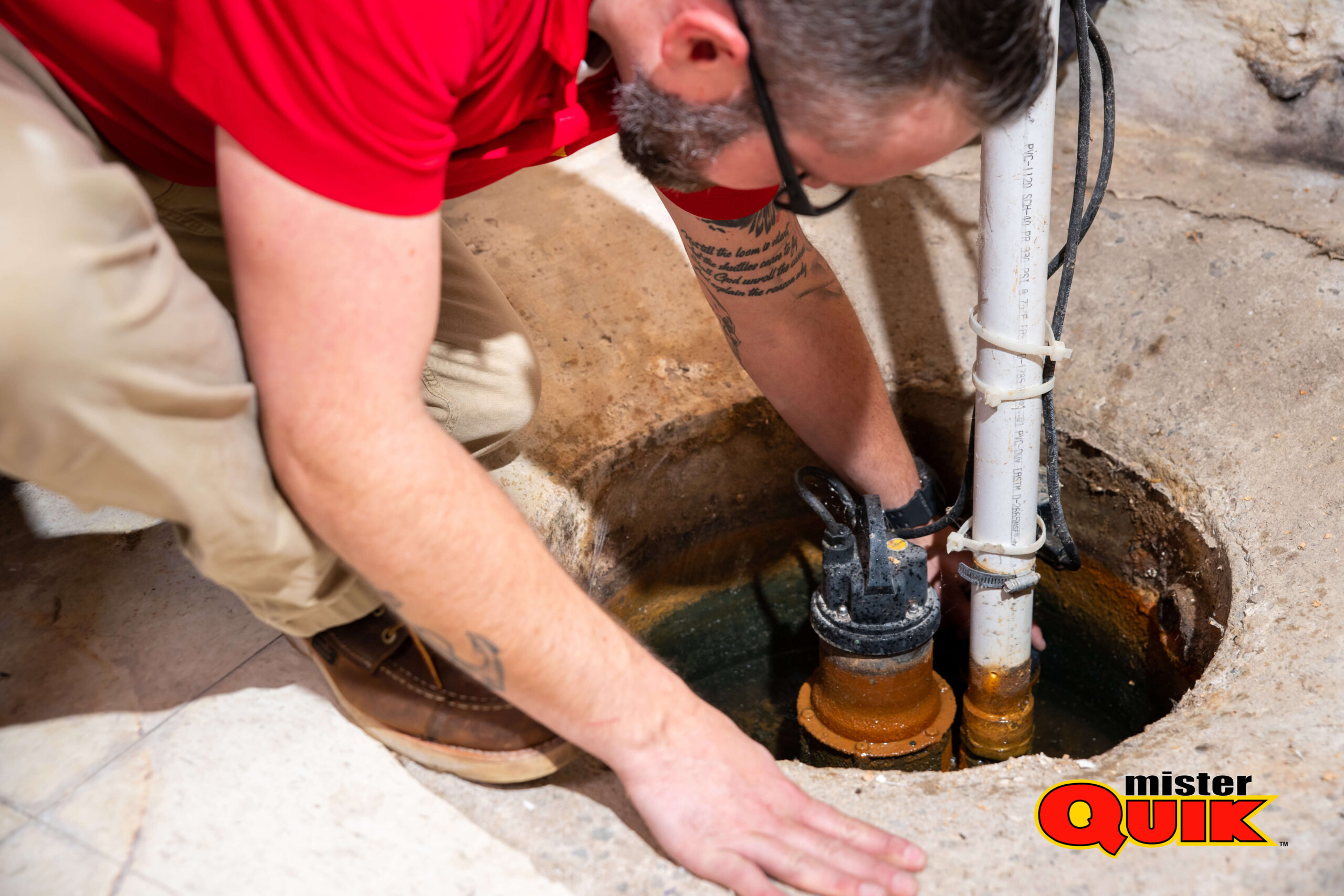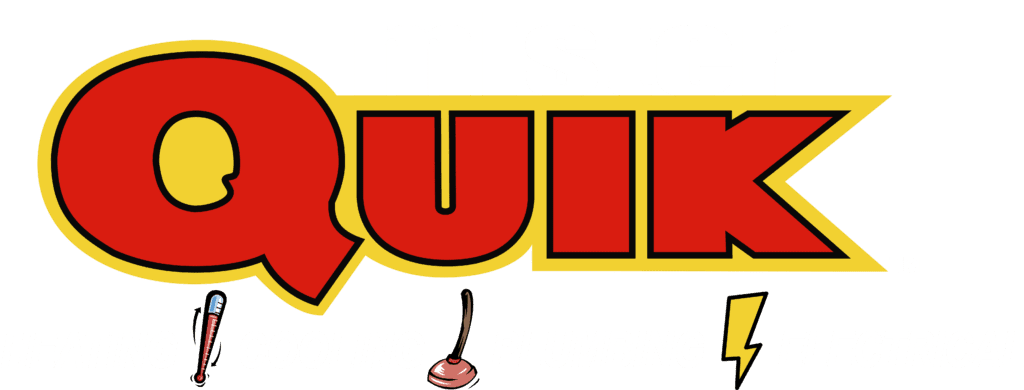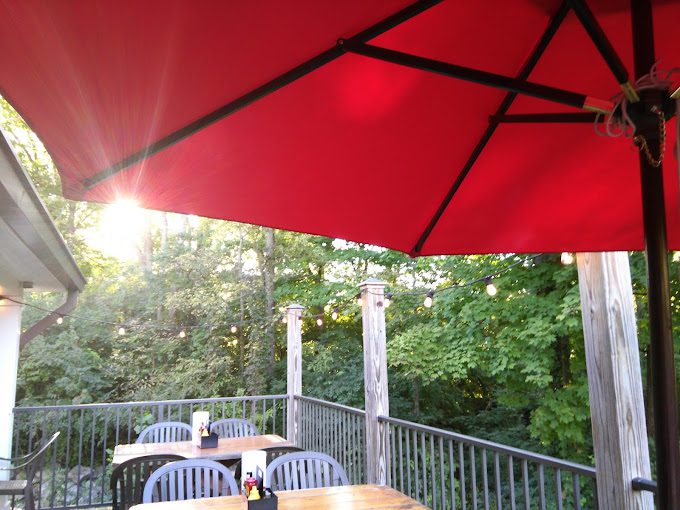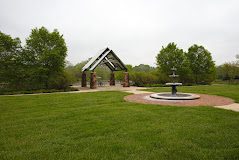Zionsville Battery Backup Sump Pump

Installing Battery Backup Existing Sump Pump
Power outages can happen anytime, and when they do, your sump pump can’t do its job of keeping your basement dry. This can lead to flooding, water damage, and a major headache.
That’s where a battery backup sump pump comes in. This clever little device ensures your sump pump keeps working even when the power goes out, offering peace of mind and protecting your basement from flooding.
How a Battery Backup Sump Pump Works:
A battery backup sump pump is a secondary pump system that works alongside your existing primary sump pump. It typically includes:
- A backup battery: This battery stores energy to power the pump when the main power is out.
- A secondary pump: This smaller pump activates automatically when the primary pump loses power and the water level in the sump pit rises.
- A charger: This keeps the battery charged and ready for use.
Benefits of a Battery Backup Sump Pump:
- Prevents flooding: During a power outage, your primary sump pump won’t be able to remove excess water from your basement. A battery backup keeps the water flowing and prevents flooding.
- Protect your belongings: Flooding can damage carpets, furniture, and other valuables stored in your basement. A battery backup sump pump helps prevent this costly loss.
- Provides peace of mind: Knowing your basement is protected from flooding, even during power outages, gives you peace of mind and allows you to weather any storm with confidence.
Things to Consider When Installing a Battery Backup Sump Pump:
- Battery life: Choose a battery with enough capacity to power the pump for several hours during an outage.
- Pump capacity: Ensure the backup pump can handle the water flow in your basement.
- Professional installation: While some homeowners might be comfortable installing a battery backup sump pump themselves, it’s generally recommended to hire a licensed plumber to ensure proper installation and functionality.
Investing in a battery backup sump pump is a wise decision for any homeowner who wants to protect their basement from flooding and ensure peace of mind.
For professional advice and recommendations on choosing and installing the right battery backup sump pump for your Zionsville home, consult with Mister Quik.
Moen, Delta Faucets, Kohler, American Standard, Toto, Mansfield Plumbing, Price Pfister Peerless, Lochinvar, Rinnai, Navien, Grohe, Speakman, Gerber, Whirlpool, Easywater, AO Smith, Rheem, Bradford White, Culligan, Kinetico, Sterling, Brizo, Gastite, Zoeller, Glentronics, Zurn, Grundfos Pumps, Blanco, Bocchi, Bradley Company, Brasscraft Manufacturing Company, Kerox, Ltd, Dornbracht Americas Inc, Falcon Water Technologies LLC, Fisher Manufacturing, Company, Fluidmaster, Inc, Hansgrohe Inc, Haws Corporation, LAUFEN Schweiz AG, Lavelle Industries, Inc, LIXIL, LSP Products Group LLC, Marcone Plumbing, Masco Corporation, Neoperl, Inc, Reliance Worldwide Corporation, Sloan Valve Company, Sprite Industries, T&S Brass and Bronze, Works Inc, Uponor, Viega LLC, Water Pik Inc, WCM Industries Inc, Axor, Decolav, Dreamline Showers, DXV, Fairmont Design, Fortis, Franke, Geberit Plumbing, Ginger, Graff, HydroSystems, Infinity Drains, In-Sink-Erator, Jacuzzi, James Martin, LinkaSink, MTI, Native Trails, Newport Brass, PROFLO, Rohl, Signature Hardware, Strasser, Swanstone, Thompson Traders, Watermark, Zucchetti, Alfi, ANZZI, Altair, AquaPure, Avanity, Avano, Azzuri, Bella CORE, Bemis, Brondell, CRAFT + MAIN, California Faucets, Chicago Faucets, Clarke, Cutler Kitchen and Bath, Duravit, EAGO, Eccotemp, Eemax, Fresca, Giagni, Houzer, Jones Stephens, Kaldewei, Kingston Brass, Kraus, Liberty Pumps, Little Giant, MediTub, Nameeks, OVE Decors, Pulse, Purewater Baths, Sagehill Designs, Saniflo, Stiebel Eltron, Swiss Madison, Symmons, Ultra Faucets, VIGO, WS Bath Collections, Waste King, Watts, Whitehaus
What Exactly Is A Battery Backup For A Sump Pump?
Imagine this: it’s pouring rain outside, and your basement is starting to collect water. You rush downstairs to find your sump pump, the trusty appliance responsible for keeping your basement dry, is silent. Uh oh! You check the breaker box – the power’s out! Now what?
This is where a battery backup sump pump comes to the rescue. It’s an additional system that kicks in when your main sump pump loses power, ensuring your basement stays protected from flooding, even during power outages.
How Does a Battery Backup Sump Pump Work?
Think of it as a double act for your basement’s drainage system. Here’s the basic idea:
When the power is on, your primary sump pump functions as usual, pumping water out of the sump pit whenever the water level rises.
If the power goes out, the battery backup system detects the loss of electricity.
The system automatically switches on the battery-powered backup pump. This pump uses the stored energy in the battery to continue pumping water out of the sump pit, preventing basement flooding.
Once the power comes back on, the primary sump pump automatically resumes its duties, and the battery backup system recharges the battery for the next time it's needed.
Homeowners should determine the potential for flooding to gauge if the battery backup is right for their needs. Power outages can happen during strong storms, taking out the sump pump. If you have these situations a few times a year or even once a year, a battery backup will be worth the investment.
A water-powered device connects to your home’s water supply and requires a professional plumber to install. Some homeowners attempt to install their own battery-powered backup pump. We recommend contacting Mister Quik to install your backup sump pump.
While homeowners insurance protects you against some forms of unexpected water damage, water back-ups and sump pump overflows are usually not covered. You may purchase optional water back-up coverage that may pay for damages in the case of sewage back-up or a malfunctioning sump pump.
Water Power vs. Battery Backup Sump Pumps

- Many Zionsville homeowners rely on sump pumps to keep their basements dry and prevent flooding. These workhorse pumps remove excess water that accumulates in the sump pit, typically located in the lowest point of the basement. But what happens when the power goes out? Traditional sump pumps become useless without electricity, leaving your home vulnerable to water damage.
- This is where a battery backup sump pump comes in. As the name suggests, it’s a sump pump equipped with a battery that kicks in automatically when the main power source is interrupted. This ensures continuous operation and peace of mind, even during power outages.
- Consulting with Mister Quik is always recommended to assess your specific situation and determine the best sump pump solution for your Zionsville home. They can answer your questions, provide recommendations based on your needs, and ensure proper installation for optimal performance.
How Backup Sump Pumps Work
Here in Zionsville, we all know the importance of keeping our basements dry and protected. Especially during heavy rain or seasonal storms, water can build up quickly, potentially leading to flooding. This is where sump pumps come in – they act like workhorses, pumping excess water away from your foundation and keeping your basement safe.
But what happens when the power goes out? Traditional sump pumps rely on electricity to function, leaving them powerless during outages and putting your home at risk. That’s where battery backup sump pumps come into play.
How Battery Backup Sump Pumps Work:
Think of a battery backup sump pump as a superhero for your basement, ready to spring into action even when the lights are out. Here’s a simplified breakdown of how it works:

Your primary sump pump, typically powered by electricity, is your first line of defense. It constantly monitors the water level in your sump pit and automatically pumps out excess water when needed.

Once the power comes back on, your primary pump automatically resumes its duties. The battery backup pump recharges, ready for the next time it's needed.

The battery-powered pump takes over the job, using the stored energy in the battery to draw water from the sump pit and discharge it away from your home, just like your primary pump would.
What Kind Of Backup Sump Pump Do I Need?
Living in Zionsville, you know the importance of a reliable sump pump. It safeguards your basement from unwanted water accumulation, preventing potential flooding and costly damage. But what happens when the power goes out? That’s where a battery backup sump pump comes in.
1. Pump capacity:
- Choose a pump with enough power to handle the water volume your basement typically encounters. Consult a plumbing professional for guidance on selecting the appropriate capacity.
2. Alarm system:
- Consider a backup sump pump with an alarm system that alerts you when the battery is low or the pump malfunctions. This allows you to take timely action and prevent potential flooding.
3. Consulting a Zionsville Plumbing Professional:
- Choosing the right battery backup sump pump requires careful consideration of your specific needs and basement conditions. Consulting Mister Quik is highly recommended. They can assess your basement, recommend the most suitable pump type and capacity, and ensure proper installation for optimal performance.
4. Why a Battery Backup Sump Pump?
- Imagine this: a heavy downpour hits Zionsville, and the power cuts out. Your primary sump pump, reliant on electricity, sits silent. Water starts rising in your basement, causing worry and potential disaster. A battery backup sump pump steps in as your hero during these situations. It utilizes battery power to keep pumping water out of your basement, even when the main power is down.
How Can I Extend The Lifespan Of My Backup Sump Pump?
Zionsville homeowners know the importance of a reliable sump pump. These workhorses tirelessly remove excess water from your basement, protecting your foundation and belongings from flooding. But what about when the power goes out? That’s where a battery backup sump pump steps in, offering peace of mind during storms and outages.
However, like any machine, your battery backup sump pump needs proper care to function optimally and last for years. Here are some simple tips to extend the lifespan of your Zionsville battery backup sump pump:
Regular Maintenance:
It's recommended to have Mister Quik inspect your sump pump system, including the battery backup, at least once a year. They can identify potential issues and ensure everything is functioning correctly.
Regularly remove debris like leaves, dirt, and sediment that can accumulate in the sump pit. This prevents clogging and ensures the pump operates efficiently.
Don't wait for a power outage to discover your pump isn't working! Pour a bucket of water into the pit to manually activate the pump and check its functionality. If you hear unusual noises or experience any issues, consult Mister Quik.
Just like the pump itself, the battery needs attention. Check the battery terminals for corrosion and clean them if necessary. Refer to the manufacturer's instructions for proper battery maintenance and replacement timelines.
While a battery backup sump pump offers valuable protection, a backup generator can power your entire home during an outage, including your sump pump and other essential appliances.
By implementing these energy-efficient measures, you can significantly reduce your heating costs and enjoy a more comfortable living environment.
Troubleshoot Checklist:
- Outlet: Ensure the charger is plugged into a working outlet and receiving power.
- Circuit breaker: Verify the circuit breaker controlling the outlet hasn’t tripped.
- Connection: Confirm the battery terminals are securely connected and free of corrosion.
- Charge: Use a voltmeter to check the battery voltage. If low, refer to the manufacturer’s instructions for charging or replacement.
- Manual activation: Pour water into the sump pit to trigger the pump and observe its operation.
- Listen for unusual noises: Grinding, clanging, or weak pumping could indicate a problem.
- Movement: Ensure the float switch moves freely and isn’t stuck on debris.
- Activation level: Verify the pump activates at the appropriate water level.
- Sump pit: Remove any leaves, dirt, or debris that could hinder water flow.
- Discharge pipe: Look for signs of clogs or freezing that might prevent water from exiting.









